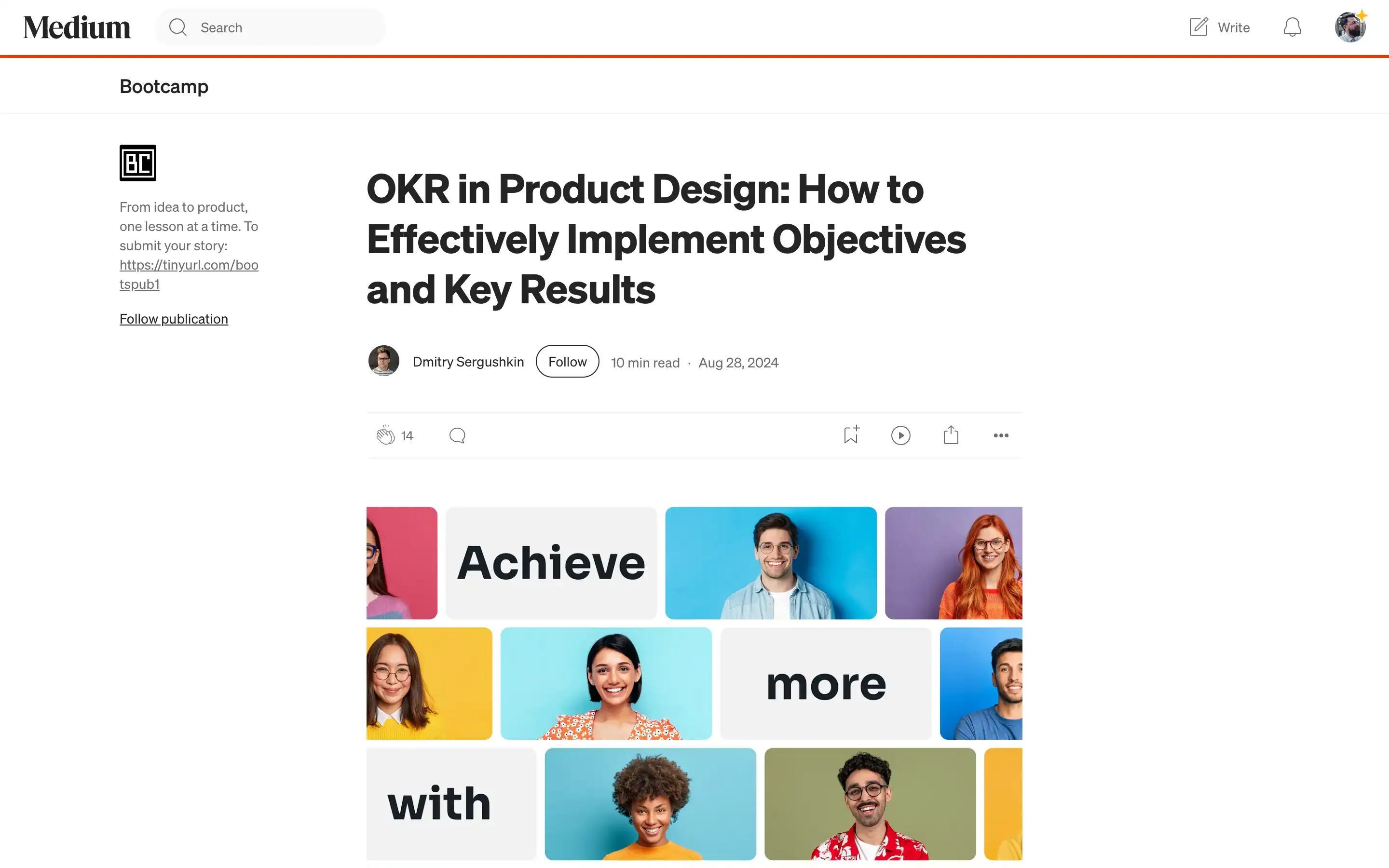Setting clear and achievable goals is critical to personal and professional success in today’s fast-paced world. Objectives and Key Results (OKRs) have emerged as one of the most popular goal management methodologies by industry giants like Google, Netflix, and Spotify.
The OKR framework divides the goal-setting process into two key components: Objectives and Key Results. Objectives define the overarching goals you want to achieve, while Key Results are the measurable outcomes that indicate progress towards those objectives. This structured approach promotes transparency, alignment, and continuous improvement within an organization.
The article delves into the nuances of OKRs, exploring the differences between Cascading and Aligning OKRs and the three essential elements to consider when setting OKRs: Objectives, Key Results, and Key Actions. It also highlights the distinction between OKRs and Key Performance Indicators (KPIs), emphasizing that OKRs are designed to drive ambitious, measurable goals, while KPIs focus on monitoring operational efficiency.







